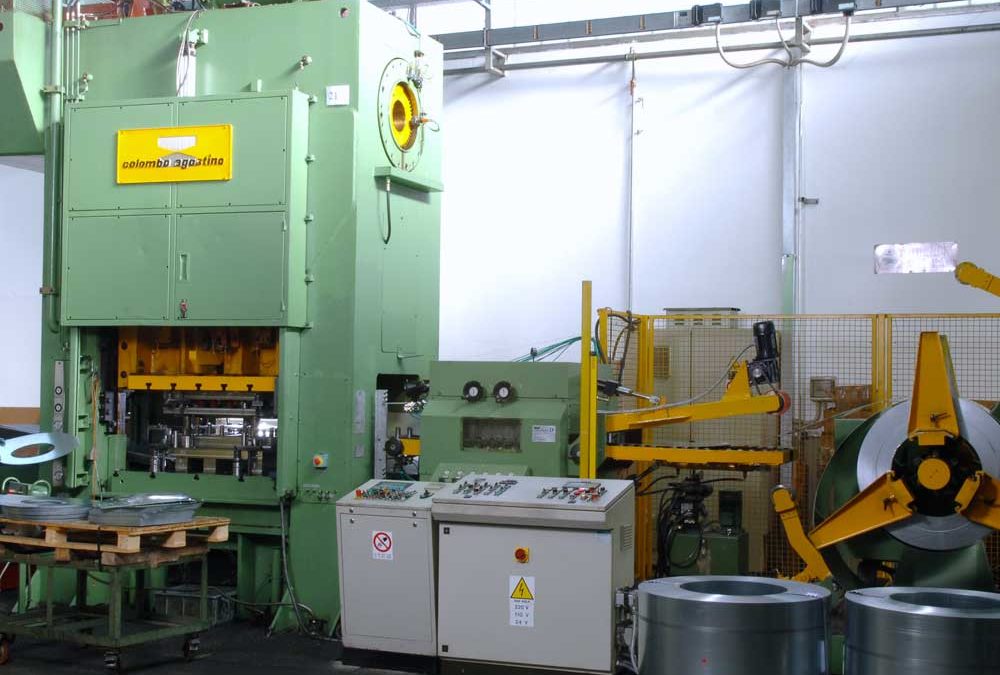Let’s clarify the subject
The term stamping is used to indicate that particular type of metalwork that allows, through the use of a die block and a punch, to deform a metal sheet in a plastic manner. Using the shearing system it is possible to obtain holes or solid pieces, which take on even extremely complex shapes, without this entailing a considerable use of time and money. It is just the combined work of die block and punch that determines the success of the whole operation. The company OTIM SRL, located in Via Gattamelata n. 2/4, Pedrengo (BG), specialized in sheet metal stamping works, has always paid great attention to the clearance calibration in order to avoid that eventual problems connected to it, could, in some way, damage the high quality standards and trademark of the company.
Some clarifications
When reference is made to the clearance, in the context of the process known as stamping, this means the space existing between the die block and the punch, at the specific moment of cutting. It must be remembered that sheet metal stamping is not a simple cutting operation but, on the contrary, it is a much more complex operation that combines cutting with mechanical pressure that causes a real tear. Through the combination of both systems, the professionals in charge are able to obtain a final product without any burrs. A correct setting, obtained through a precise calibration of the clearance, is the only thing that can guarantee quality standards that meet market demands. Professionals in the field, to overcome the problem, are used to calibrate the clearance using two main factors. The first is given by the type of material subjected to stamping, while the second is related to the thickness of the sheets to be processed. Once these two elements have been calculated and other considerations regarding the specific case of intervention have been added, the expert is able to determine the exact clearance required, performing a perfect calibration. Finally, it is essential not to underestimate the structure of the die used for stamping. This suggestion is justified by the forces that the die must withstand during the entire operation. Only a valid maintenance plan, which includes eventual replacements of worn parts, can guarantee a correct clearance and, consequently, an excellent final product.


Recent Comments